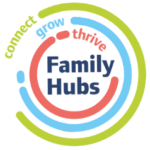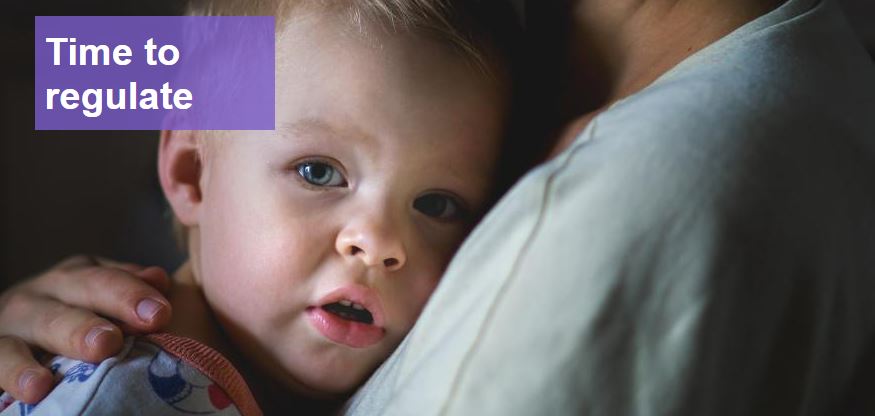Advice to help families calm and soothe children when they feel overwhelmed.
Think back to a time when your child was feeling upset or angry about something – how did their behaviour or actions change?
Although a range of emotions – from shouting or crying to throwing things or withdrawing – is to be ‘expected’ of young children, the question is: how can adults help children to process their feelings and support them in feeling less overwhelmed?
What exactly is ‘co-regulation’?
Co-regulation is when adults help children to calm down and ‘regulate’ their emotions. Just as stabilisers help children learn to ride a bike independently, co-regulation is a way to ‘train’ them in learning to cope with their own feelings.
From naming the feelings they’re experiencing (“I can see you’re feeling angry…”) and offering them support (“I’m here if you need a cuddle…”) to teaching mindful techniques for calm (“Let’s take some deep breaths together…”), the process of co-regulation helps children move towards recognising the different ways they could be feeling so they know how to respond or behave. Or, in other words, how to ‘self regulate’.
How can adults help this process?
In the midst of big emotions, the thinking part of a child’s brain is unable to function effectively, making retention of information difficult and reasoning impossible to understand – which many adults will already know from trying to reason with a child in the throes of emotion.
Reasoning with overwhelmed children can sometimes heighten their emotions by making them feel unheard or dismissed. It’s important that they feel listened to and that it’s okay to feel the whole spectrum of emotions. This can be done by acknowledging and validating their feelings: “I can see you’re feeling sad because you want to play with that toy your friend is playing with.”
By naming the emotions we see, children will learn to spot behaviour patterns and recognise when they feel the same way in future situations.
Acknowledging their feelings will help you to notice patterns or triggers in their behaviour, too, which means support can be put in place to prepare children for emotional moments in their day like transition periods, where strategies could include verbal time warnings, a transition song, or visual timers. While this won’t necessarily prevent children from being upset at, say, leaving the park to go home, a prior warning gives them a ‘heads up’ that they’ll then expect in future situations.
How to help children feel calmer
Take some deep breaths – There are lots of different breathing techniques you could introduce but one example is ‘Flower Breathing’: invite your child to imagine their hand is a flower and their fingers are petals. Instruct them to take deep breaths in through the nose, and out through the mouth, opening and closing their hand (flower).
Focus on their senses – Invite your child to notice something they can see, something they can hear, something they can smell, and something they can feel. By doing this, your child will feel more grounded and in the moment.
Take some quiet time – You could create an area in your home that your child can go to when they need to relax, it could also have some toys or resources that will help them to be calm such as a sensory bottle or some books. NB: This is not a ‘time out’ that should be used as a punishment. This is about providing your child with an opportunity to access a safe and calm space to help them process how they are feeling and do something that will help them feel calm. You can offer to stay with your child and, once feeling calmer, talk through how they are feeling and what they could do next that might help.
Practice mindfulness – This could be any activity that your child finds relaxing and provides a time in the day that is slower paced, less intense and just a chance to feel calm! It could be doing some of the breathing exercises we already mentioned, or doing some simple yoga together, laying on the grass and watching the clouds in the sky, blowing bubbles, going for a walk, listening to some relaxing music, the possibilities are endless!
Read about more topics at the Early Years Alliance Family Corner



